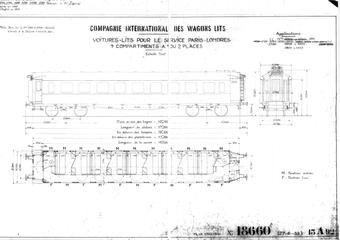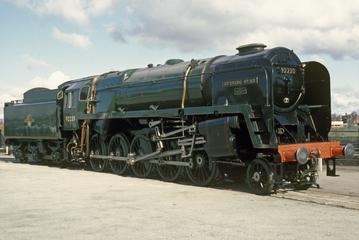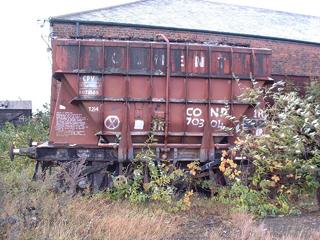
Remains of Little Eaton Gangway coal wagon, c 1798
- Made:
- 1793-1803

Wagon, remains of coal wagon used on the Little Eaton Gangway (also known as Derby Canal Railway). Comprising of wheels and axles, c1798.
In 1798 a 5-mile long plate-rail railway was built to connect the Denby Colliery in Derbyshire with the Derby Canal at Little Eaton Wharf. The wagons, which were horse-drawn, held 48 cwt (approximately 2500kg) of coal each and represent an early form of containerisation.
These are the wheels and axles of one of the wagons. The top of the wagon was a detachable box which was filled at the colliery. On arrival at the canal, the boxes were hoisted on to the barges at the canal and when they arrived at the unloading point they were again hoisted onto horse-drawn road wagons for delivery.
Though apparently crudely made, the axles were quite ingenious. For example, the main axle is oak (much cheaper than wrought iron) carrying iron stub axles. Lubrication was provided by filling the inverted ‘axle boxes’ above the stub axles with tallow. As the hubs and axles became hot through friction, the tallow would melt and flow into the wheel-bearing, which was intentionally a very loose fit.
Details
- Category:
- Locomotives and Rolling Stock
- Object Number:
- 1995-7783
- Materials:
- metal (unknown)
- Measurements:
-
overall: 700 mm x 1960 mm,
- type:
- coal wagon
- credit:
- British Rail, Clapham




